We reach more than 65,000 registered users in Dec!! Register Now
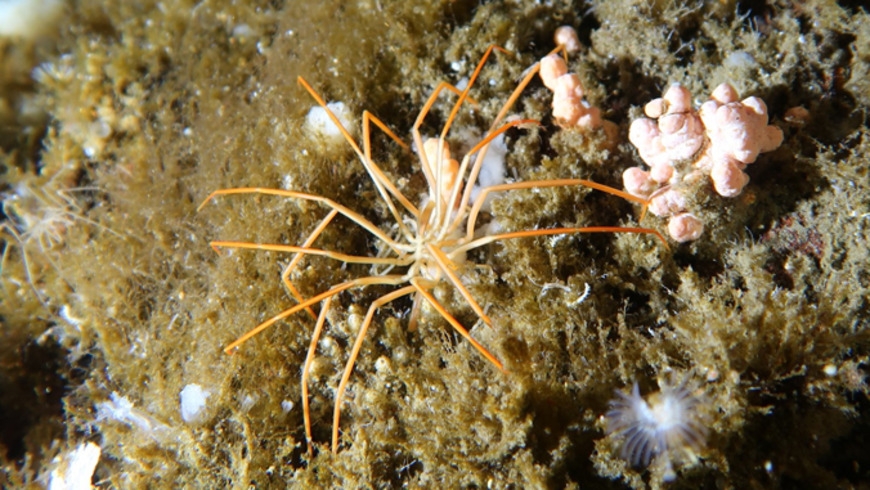
Giant Antarctic sea spiders’ 140-year-old reproductive mystery solved
- February 28, 2024
- 26 Views
- 0 Likes
- 0 Comment
The reproduction of giant sea spiders in Antarctica has been largely unknown to researchers for more than 140 years, until now. University of Hawaiʻi at Mānoa scientists traveled to the remote continent and saw first-hand the behaviors of these mysterious creatures, and their findings could have wider implications for marine life and ocean ecosystems in Antarctica and around the world.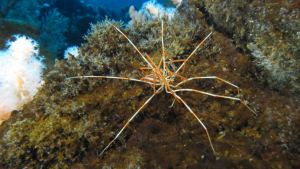
“In most sea spiders, the male parent takes care of the babies by carrying them around while they develop,” UH Mānoa School of Life Sciences Professor and lead researcher Amy Moran said. “What’s weird is that despite descriptions and research going back over 140 years, no one had ever seen the giant Antarctic sea spiders brooding their young or knew anything about their development.”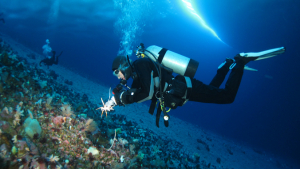
To their amazement, two different mating groups produced thousands of tiny eggs. Instead of carrying the babies until they hatched, as in most species of sea spiders, one parent (likely the father) spent two days attaching the eggs to the rocky bottom where they developed for several months before hatching as tiny larvae. The researchers findings were published in Ecology in February 2024.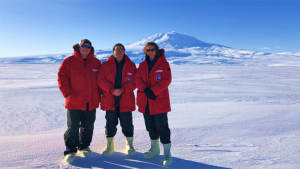
Within weeks after laying, the eggs had been overgrown with microscopic algae, providing perfect camouflage.
“We could hardly see the eggs even when we knew they were there, which is probably why researchers had never seen this before,” Lobert said.
Breakthrough research
Lloyd Peck, a renowned Antarctic biologist with the British Antarctic Survey who was not involved with the study said, “The general ecology and reproductive biology of Antarctic marine species remains overwhelmingly unknown and we have data on only a handful of species, so papers like this one are of huge importance in shedding light on how animals function in one of the least studied parts of the world’s ocean.”The UH Mānoa School of Life Sciences is housed in the College of Natural Sciences.
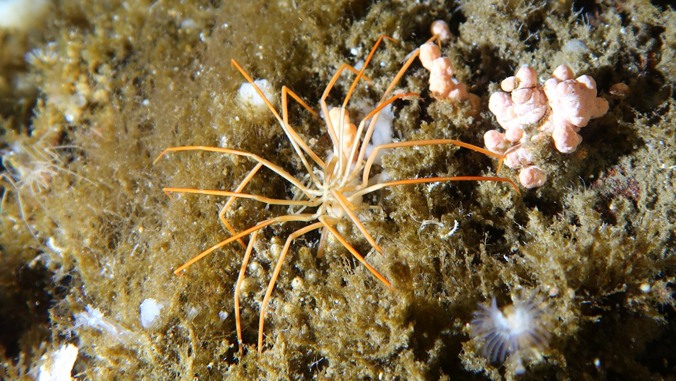
List of Referenes
- Amy L. Moran, Graham T. Lobert, Ming Wei Aaron Toh. Spawning and larval development of Colossendeis megalonyx, a giant Antarctic sea spider. Ecology, 2024; DOI: 10.1002/ecy.4258
Cite This Article as
No tags found for this post









